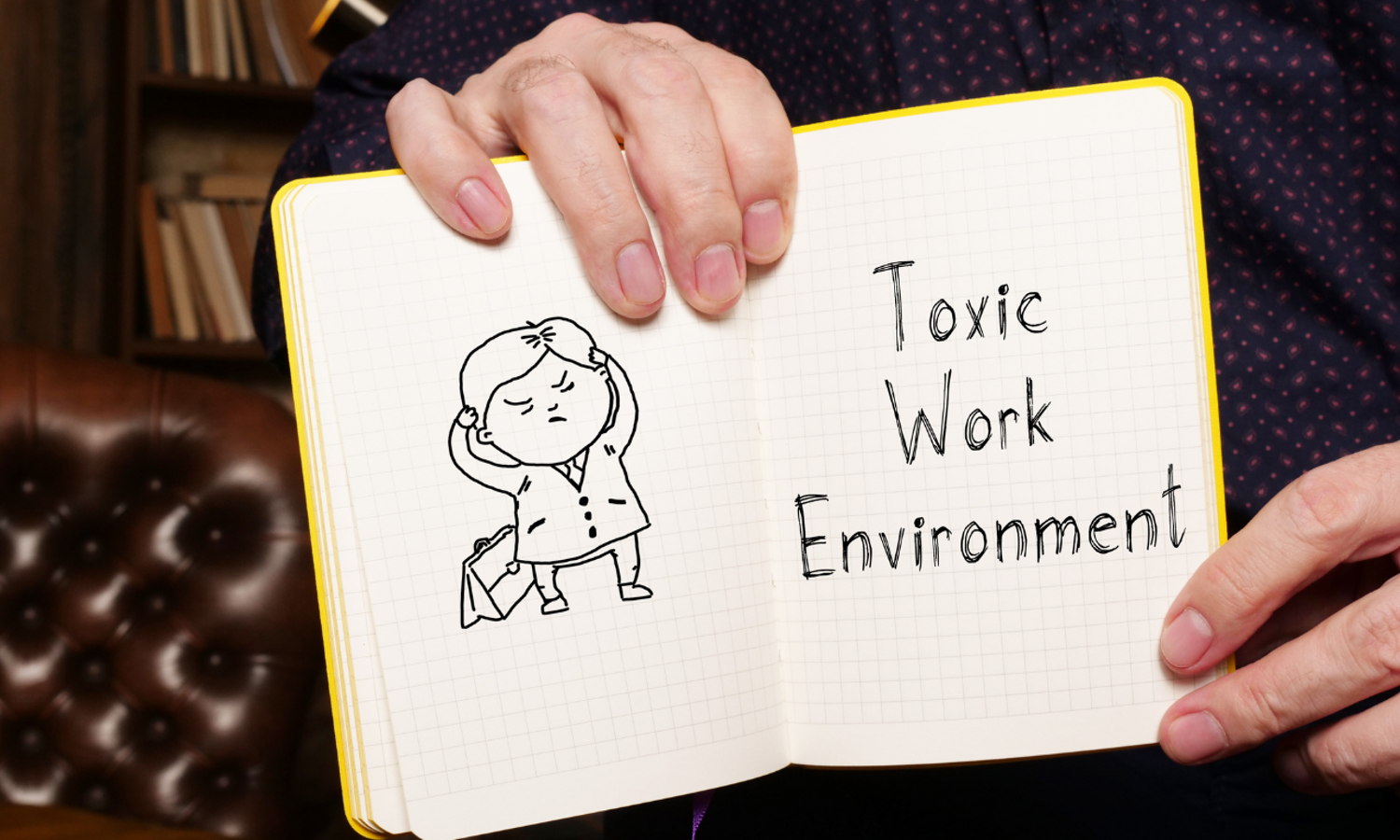Why and how should organisational culture change?
Reasons for Change: The Winds of Cultural Transformation
Organisational culture is not just a backdrop; it's the stage on which the drama of business unfolds. But why the clamour for change? Let's delve into the driving forces behind the cultural shift:
Adapting to a Globalised World: In a world where boundaries are increasingly blurred, organisations must embrace diversity and inclusivity. As Hofstede's cultural dimensions theory highlights, understanding and integrating diverse cultural values is crucial for global success.
Technological Advancements: The digital revolution, as noted by Bughin et al. (2018) in their study on digital transformation, demands a culture that is agile, innovative, and tech-savvy. Organisations must evolve to keep pace with rapid technological changes.
Changing Workforce Demographics: With millennials and Gen Z becoming dominant in the workforce, there's a shift in workplace expectations. Research by Twenge et al. (2010) shows that younger generations seek purpose, flexibility, and collaboration, calling for a cultural realignment.
Sustainability and Social Responsibility: As society becomes more conscious of environmental and social issues, organisations are expected to adopt sustainable practices. Kolk (2016) emphasises the need for a culture that prioritises sustainability and ethical practices.
Competitive Advantage: A strong, adaptive culture can be a source of competitive advantage. Barney (1986) in his resource-based view of the firm argues that organisational culture, when aligned with business strategy, can provide unique capabilities that competitors cannot easily replicate.
Process and Methodology: Charting the Course of Change
Changing an organisational culture is akin to turning a giant ship; it requires strategic planning and careful execution. Here's a roadmap to guide this transformative journey:
Assessment and Awareness: Begin by understanding the current culture. Tools like the Organisational Culture Assessment Instrument (OCAI), developed by Cameron and Quinn (2006), can provide valuable insights.
Defining the Desired Culture: Envision the ideal culture that aligns with your organisational goals. This involves setting clear values and behaviours that reflect the organisation's aspirations.
Leadership Involvement: Change must be led from the top. Leaders play a crucial role in modelling the desired culture, as Schein (2010) emphasises in his work on leadership and culture.
Employee Engagement: Involve employees at all levels in the change process. Kotter's (1996) 8-step process for leading change highlights the importance of building a coalition and communicating the vision.
Reinforcement Mechanisms: Implement systems and practices that reinforce the new culture. This includes aligning performance management, rewards, and recognition with the desired cultural values.
Challenges and Overcoming Them: Navigating the Cultural Rapids
The path to cultural change is fraught with challenges, but they are not insurmountable. Here are some common hurdles and strategies to overcome them:
Resistance to Change: Resistance is a natural human reaction. Kotter and Schlesinger (1979) suggest involving people in the change process and communicating the benefits to overcome resistance. The Ford Motor Company's Cultural Transformation: Under Alan Mulally, overcame resistance by fostering a culture of openness and accountability, turning around its fortunes.
Inconsistency in Implementation: Consistency is key. Ensure that all aspects of the organisation, from leadership to HR policies, are aligned with the new culture.
The IBM's Cultural Reboot shift from hardware to services required a cultural overhaul. They achieved consistency by aligning their global workforce with new values through extensive training and communication.
Lack of Clear Vision: A clear, compelling vision is essential. Kotter (1996) stresses the importance of a vision that guides the change effort and motivates employees.
LEGO's turnaround from near bankruptcy was partly due to a clear vision of returning to its core values and strengths, which was communicated effectively across the organisation.
Measuring Impact: Assessing cultural change can be challenging. Use tools like employee surveys and performance metrics to gauge the impact and make necessary adjustments.
General Electric's Cultural Metrics: GE uses a range of metrics, including employee surveys and business performance data, to measure the impact of its cultural initiatives.
The Future of Organisational Culture in a Changing World
In concluding our examination of the imperative for cultural change within organisations, it is evident that this endeavour is both a significant challenge and a vital opportunity. The diverse drivers of change compel organisations to re-evaluate and adapt their cultures to remain relevant, resilient, and competitive in an ever-changing global landscape.
The journey towards cultural transformation requires a methodical approach, encompassing strategic planning, leadership commitment, active employee engagement, and the establishment of consistent reinforcement mechanisms. The experiences and strategies of leading global corporations underscore the potential for profound organisational transformation through deliberate cultural change.
However, this is not a finite journey. The evolution of organisational culture is an ongoing process, demanding continuous vigilance, reassessment, and adaptation. Leadership plays a crucial role in this process, setting the vision and tone for the organisation's cultural evolution. Employees, in turn, are integral in embodying and perpetuating this evolving culture.
As organisations navigate the complexities of cultural change, they must remain steadfast in their commitment to creating a work environment that not only drives business success but also fosters a culture of innovation, collaboration, and shared purpose.
In this era of rapid change and uncertainty, the ability to adapt and evolve organisational culture is not just a strategic advantage; it is a necessity for long-term sustainability and success.
FAQs: Embracing Cultural Change
How often should an organisation reassess its culture?
Regular assessment, at least annually, is recommended to ensure the culture remains relevant and aligned with business goals.
Can a small or medium-sized enterprise implement cultural change as effectively as large corporations?
Absolutely. SMEs often have the advantage of agility and can implement changes more rapidly and effectively.
How do we ensure that cultural change is inclusive?
Inclusivity in cultural change involves engaging diverse employee groups in the change process and ensuring that the evolving culture reflects and respects this diversity.
What are the first steps in initiating cultural change?
The first steps include assessing the current culture, defining the desired culture, and getting buy-in from leadership and employees.
How do we know if the cultural change is successful?
Success can be measured through improved employee engagement, better business performance, and alignment of the culture with the organisation's strategic goals.
Can external factors like market trends influence organisational culture?
Yes, external factors such as market trends, economic conditions, and societal changes can significantly influence organisational culture.
In conclusion, the journey of cultural change in an organisation is ongoing, dynamic, and essential for sustained success. It's a path marked by challenges but also filled with opportunities for growth and innovation. As organisations continue to navigate this path, the key lies in being adaptable, inclusive, and forward-thinking, ensuring that the culture evolves in harmony with both internal aspirations and external realities.
References
Gerstner, L. V. (2002). Who Says Elephants Can't Dance? Leading a Great Enterprise through Dramatic Change
Robertson, D. (2013). Brick by Brick: How LEGO Rewrote the Rules of Innovation and Conquered the Global Toy Industry.
Immelt, J. R. (2021). Hot Seat: What I Learned Leading a Great American Company.
Hoffman, B. (2012). American Icon: Alan Mulally and the Fight to Save Ford Motor Company.



